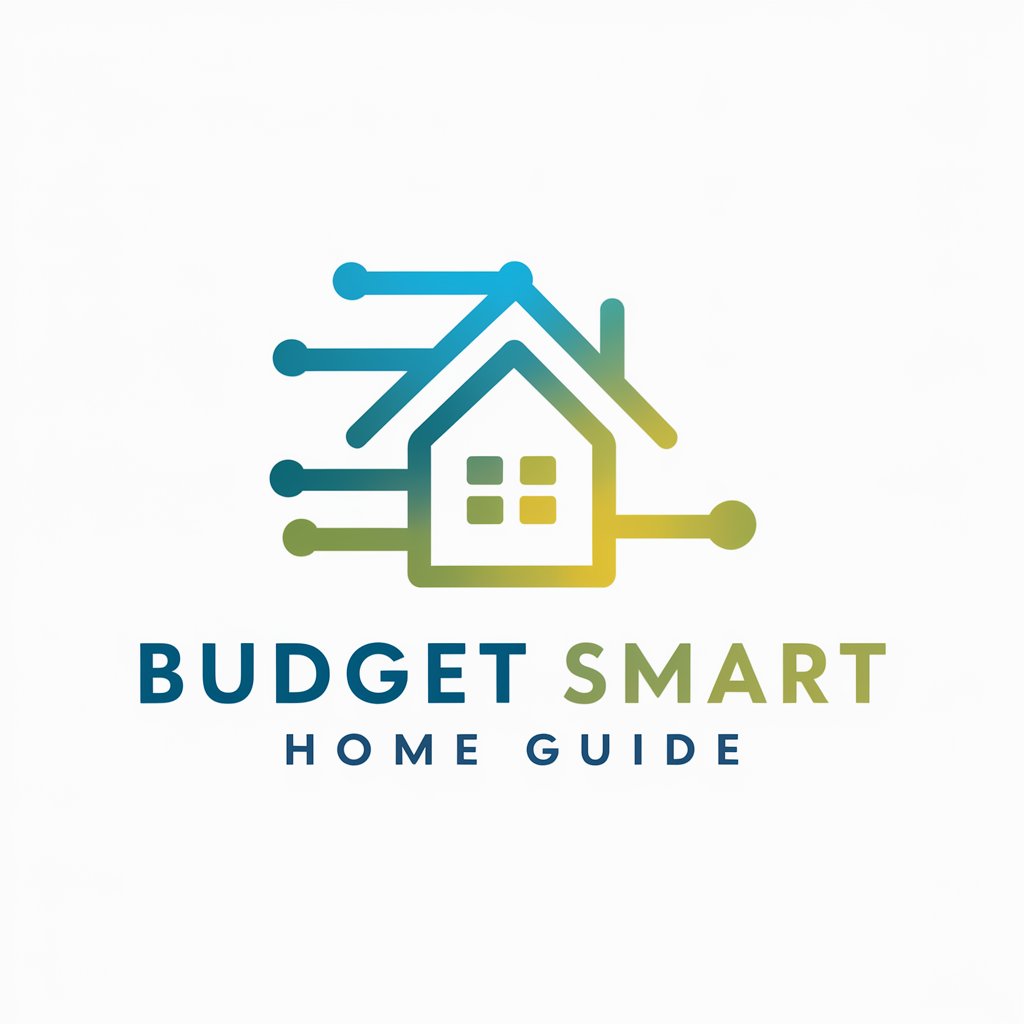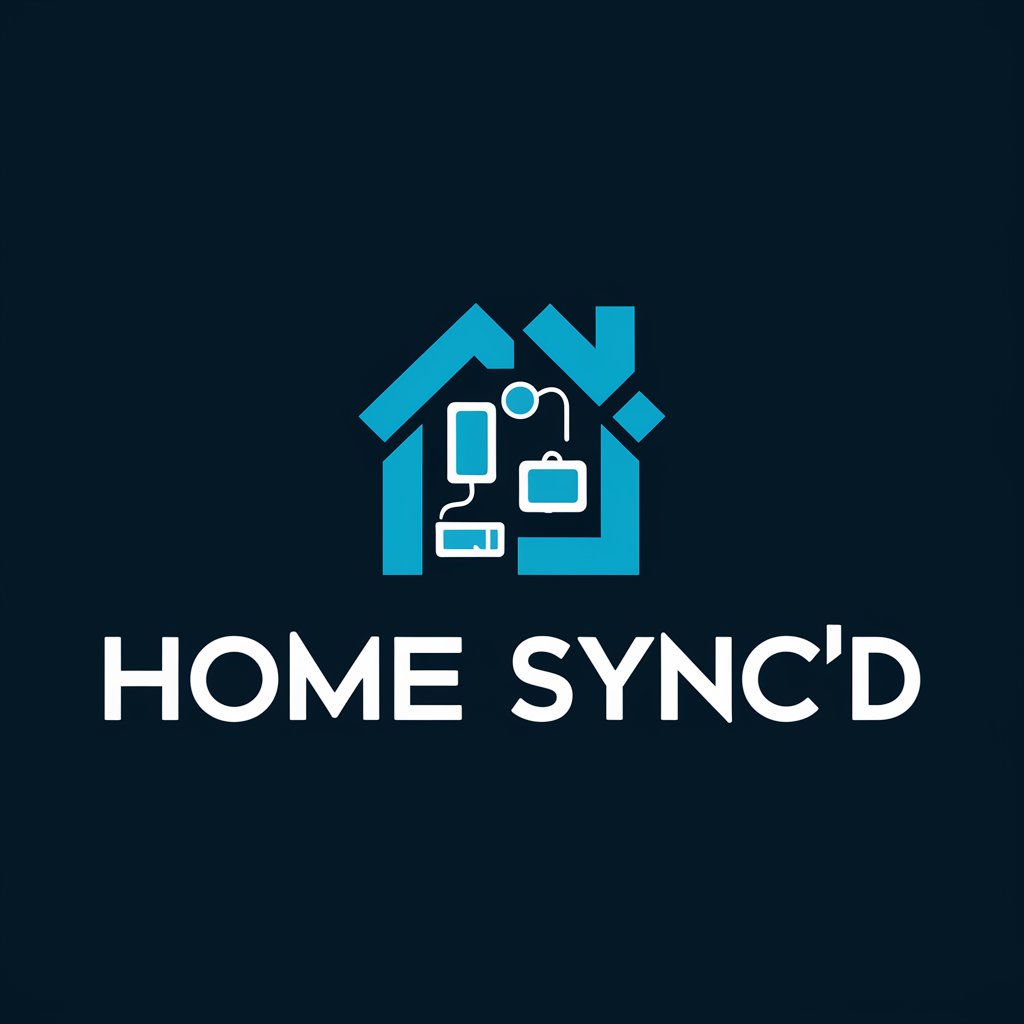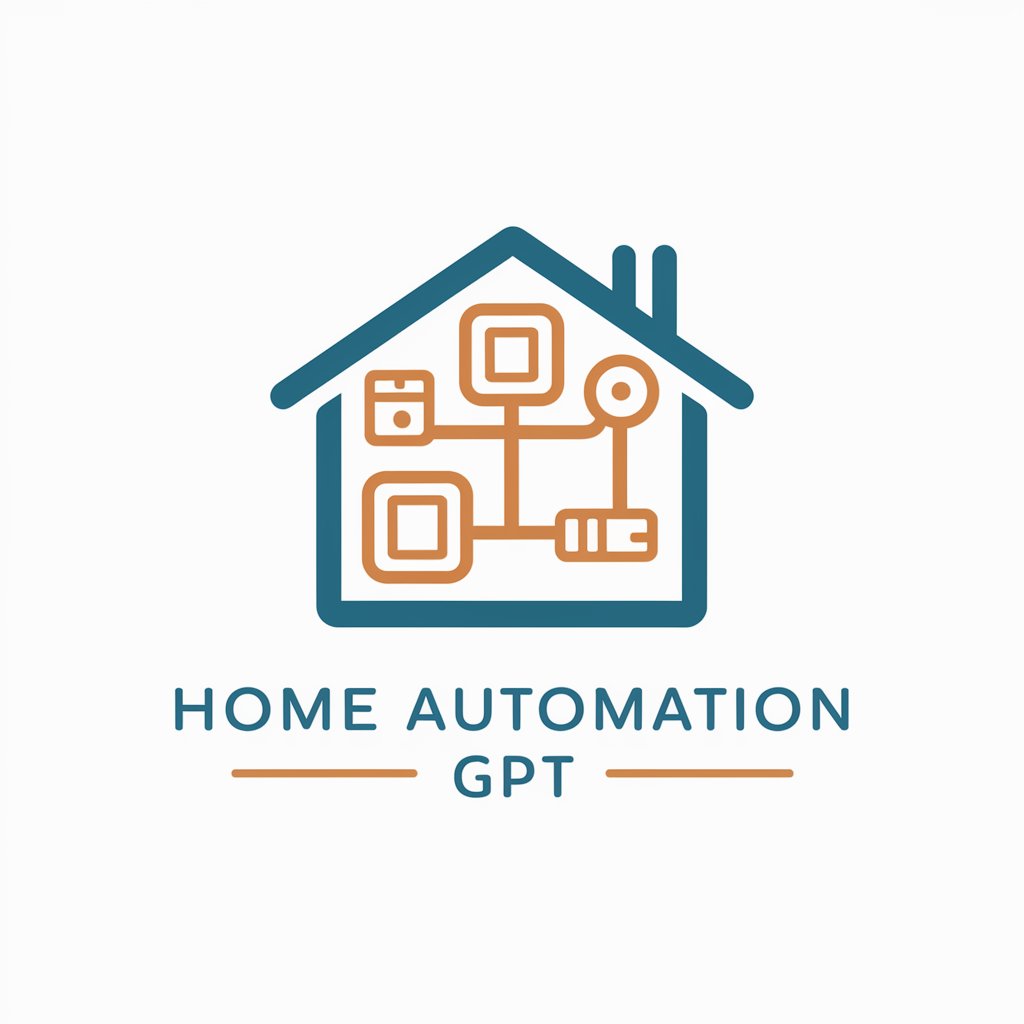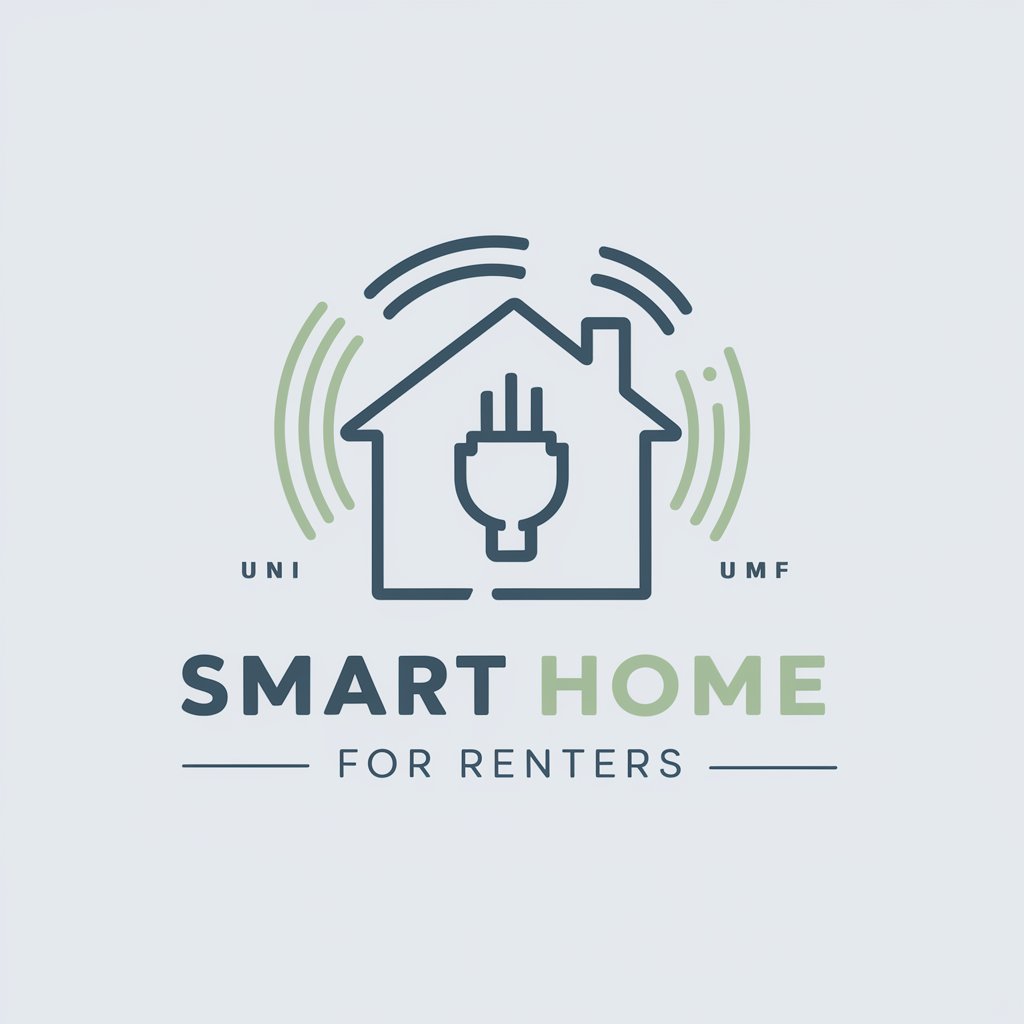9 GPTs for Remote Control Powered by AI for Free of 2025
AI GPTs designed for Remote Control are advanced tools leveraging Generative Pre-trained Transformers to offer tailored solutions in managing and operating devices or systems remotely. These tools adapt GPT technology for specific applications in remote management, providing intelligent, interactive, and automated responses to commands or queries. They are pivotal in enhancing the efficiency and accessibility of remote operations, making them highly relevant for applications requiring remote interaction, monitoring, and control.
Top 9 GPTs for Remote Control are: HomeAssistant Helper,Budget Smart Home Guide,Nikola,Advisor Electric Building Heating,Smoker Control System,Home Sync'd,Home Automation,Home Assistant jurassien,Smart Home for Renters
HomeAssistant Helper
Empower Your Home with AI

Budget Smart Home Guide
Empowering budget-friendly smart living

Nikola
Effortlessly manage your Tesla fleet with AI power.

Advisor Electric Building Heating
Optimize your space's warmth intelligently.

Smoker Control System
Enhance smoking with AI-powered precision.

Home Sync'd
Automate Smarter, Live Better

Home Automation
Automate your home with AI power

Home Assistant jurassien
Smartify your home with AI-powered automation.

Smart Home for Renters
AI-driven Smart Home Solutions

Key Characteristics and Functions
AI GPTs for Remote Control are distinguished by their adaptability, supporting a wide range of functions from basic command execution to complex problem-solving scenarios. Key features include natural language understanding for intuitive user commands, machine learning capabilities for improved over time responses, technical support and troubleshooting, web searching for real-time information retrieval, image creation for visual assistance, and data analysis for informed decision-making. These features make GPTs versatile tools in the remote control domain.
Who Benefits from Remote Control AI?
The primary beneficiaries of AI GPTs for Remote Control include tech enthusiasts, developers, IT professionals, and end-users seeking efficient remote management solutions. These tools are accessible to novices without programming skills, offering simple interfaces for direct use, while also providing extensive customization options for developers and professionals with coding expertise, making them versatile for a wide audience.
Try Our other AI GPTs tools for Free
Syntax Error
Discover how AI GPTs for Syntax Error revolutionize coding by identifying and solving syntax errors efficiently, tailored for both beginners and experts.
Logical Error
Discover AI GPTs for Logical Error: Your solution to identifying and correcting logical inconsistencies with advanced AI technology. Tailored for both tech novices and professionals.
Decentralized Engagement
Unlock the potential of decentralized platforms with AI GPTs for Decentralized Engagement, offering tailored interactions and analytics for an enhanced user experience.
Custom UI Development
Discover how AI GPTs for Custom UI Development transform the way user interfaces are designed and optimized, offering personalized, efficient, and innovative solutions.
Psychedelic Research
Explore the frontier of psychedelic studies with AI GPT tools designed for in-depth research, data analysis, and information generation, accessible to both novices and professionals.
Driving Regulations
Explore AI-driven insights into driving regulations with our tools, designed for clarity, compliance, and enhanced road safety. Perfect for novices and professionals alike.
Further Exploration of AI-Powered Remote Solutions
AI GPTs for Remote Control are revolutionizing how we interact with technology remotely. Their user-friendly interfaces make them accessible to a broad audience, while the possibility of integration with existing systems or workflows offers a seamless enhancement to remote operations. These tools not only improve operational efficiency but also open new avenues for innovative remote interaction and management solutions.
Frequently Asked Questions
What exactly are AI GPTs for Remote Control?
AI GPTs for Remote Control utilize generative pre-trained transformer technology to facilitate intelligent and automated control over devices or systems remotely, through natural language commands or automated scripts.
How do these tools learn and improve over time?
Through machine learning algorithms, they analyze user interactions and feedback to refine their responses and functionalities, enhancing their effectiveness and user experience over time.
Can non-technical users operate these AI GPTs effectively?
Yes, these tools are designed with intuitive interfaces that allow non-technical users to execute commands and manage systems remotely without needing coding knowledge.
What customization options are available for developers?
Developers can access APIs, modify source code (if open source), integrate with other systems, and create custom functions or commands to tailor the tool to specific needs.
Are these AI tools capable of real-time data analysis?
Yes, they can process and analyze data in real-time, providing insights and making informed decisions for efficient remote control and monitoring.
How do these GPTs handle complex commands or queries?
They utilize advanced natural language processing and understanding algorithms to interpret complex commands, perform the necessary actions, and provide detailed, coherent responses.
Can AI GPTs for Remote Control integrate with existing systems?
Yes, they are designed to be flexible and can be integrated with existing systems or platforms to enhance their remote control capabilities.
What are the security measures in place for these tools?
These tools employ various security measures, including encryption, user authentication, and access controls, to ensure secure remote operations and data protection.